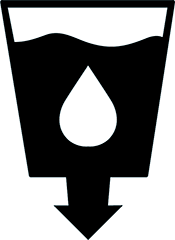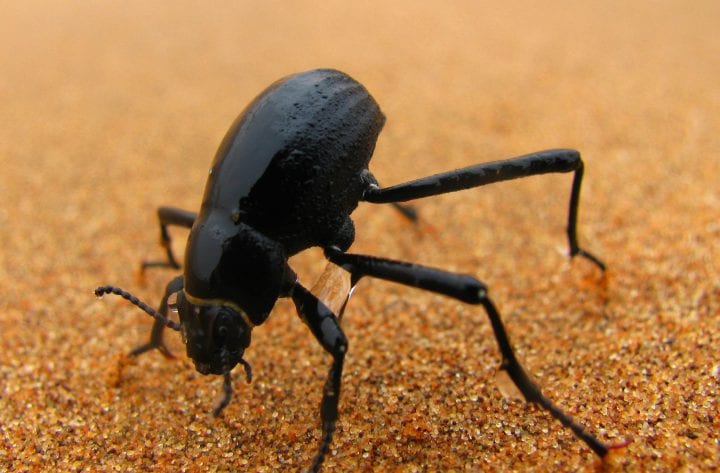Second Place - High School
UN Sustainable Development Goals Addressed
-

Goal 6: Clean Water & Sanitation
2024 Youth Design Challenge
This design concept was developed by participants in the Institute’s Youth Design Challenge. The descriptions below are from the team’s competition entry materials.
School: Dulwich College Beijing
Location: Beijing, China
Coach: Thomas Cawley
Team Members: Allison J. Wei, Arshia Jain

Innovation Details
Access to clean and affordable drinking water is still not a universal reality, particularly in South Sudan, where waterborne diseases account for a large percentage of deaths among children. Team A Squared from Beijing wanted to address this problem, so they designed the Beenard’s Canopy. Inspired by the Namib Beetle, Moloch Lizard, and the Desert Rattlesnake, their device condenses the dew in the air, channels the collected water through a filter, and stores the water in a tank for drinking and sanitation purposes. The team mimicked a combination of water collection and transport strategies found in nature, adding a hydrophobic surface, hydrophilic bumps, and capillary channels to their design. The idea addresses the problem of lack of access to clean water by providing an economically viable solution.
What is the problem your team solved for this challenge? What is the problem addressed? How is the problem connected to the selected SDG?
The problem our team aimed to solve was the lack of access to clean water for the population of South Sudan. Our product specifically addresses the the target 6.1 of the SDG goal clean water and sanitation as we has tried to create a product that ensures universal and equitable access to safe and affordable drinking water for all. Our product ensures that water can be affordable and safe for all.
How was your solution inspired by nature? What (at least two) organisms did you learn from? How effectively did you combine the biological strategies for the final design?
Our solution was inspired by the Namib Desert Beetle, Moloch Lizard and the Desert Rattlesnake. The features we took inspiration from were those that helps these animals to how retain and collect water. We used separate features from all of the animals listed and in order to create a product that best utilised each feature.
What does your design solution do? How does it solve or mitigate the problem you selected? How did what you learn inform your design?
Our design solution is a product that condenses dew on its hydrophobic surface which then gets transported to a water tank through multiple small channels. The dew that condenses is clean and goes through a filter in the water tank which can be used for drinking and sanitation purposes.


